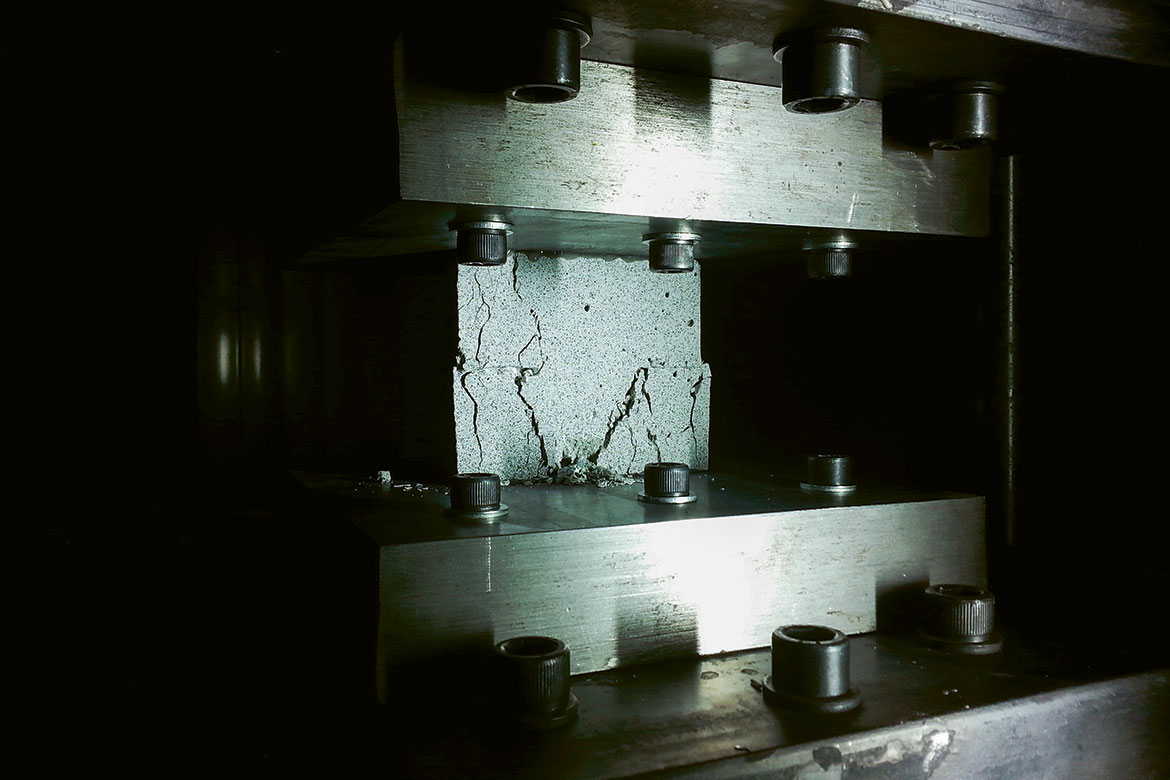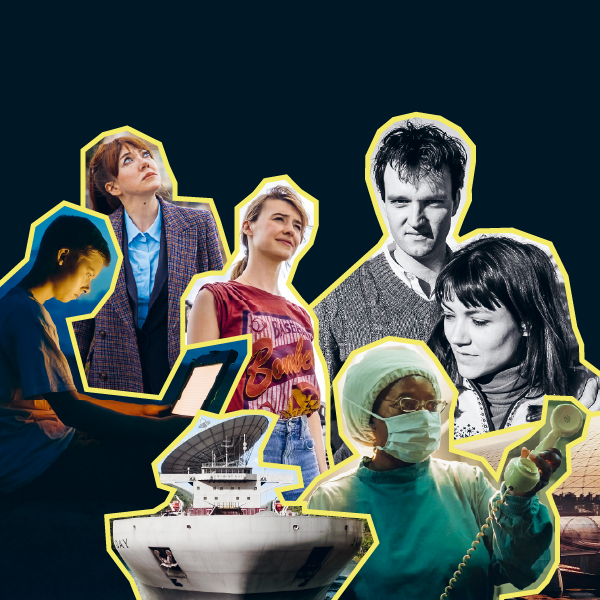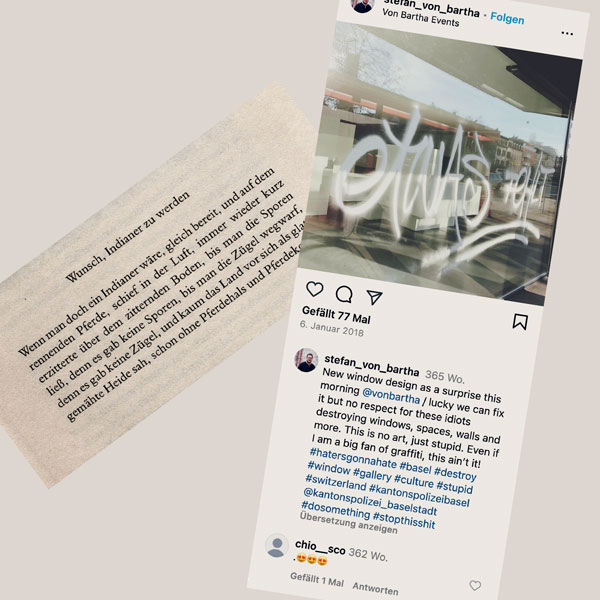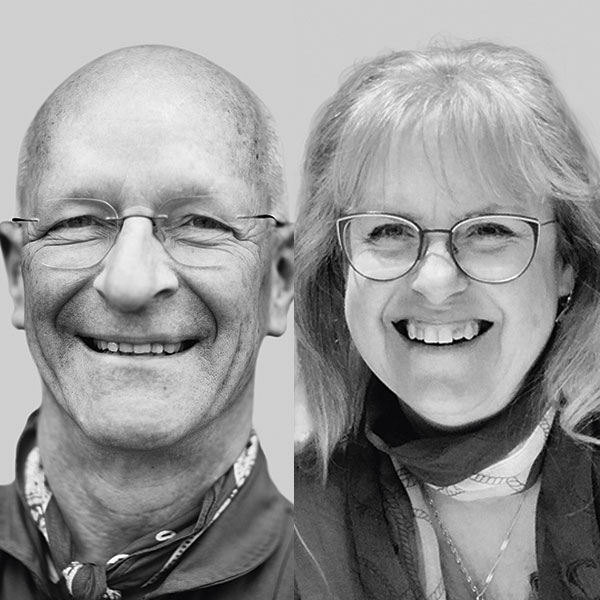A superb failed experience
A bad parameter, a crushed concrete block and a beautiful image highlighting the hazards of lab life.

“Scientific publications show almost only the success stories”. But Horizons wants to show the other side too. | Image: Max Tirassa/EPFL
Mistakes are part of life. They are also – in fact, above all – part of scientific research. This image of a fractured concrete block reflects just one of those failed experiments. “We were still in the preparatory phase of our work, trying to ensure that the sample was firmly bonded to the metal sheets above and below”, explains Max Tirassa, a doctoral student at EPFL’s Institute of Civil Engineering. “To do this we set out to apply a constant force for ten minutes. But the machine had not been correctly set, and the excess pressure crushed the concrete”. Fascinated by the patterns that had appeared, Tirassa took out his mobile phone and immortalised the result of this experiment gone wrong. “At that time, I had just begun my research and often documented what I was doing in the lab. I’m more selective today ...”.
Ironically, the study was actually designed to abuse the concrete block, just not in this way. “Buildings always end up developing cracks”, he says. “We want to understand how they transfer different forces inside the concrete, which is a very important issue for the stability of buildings”. Researchers start by horizontally sawing two parts of the sample to simulate cracks, leaving a column intact in the middle (a ‘dog bone’ in engineering jargon). Once the block is bonded, vertical and lateral forces are applied until they eventually break the concrete remaining between the two horizontal slots.
“I like this image because it shows an often-forgotten part of the scientific process: the meticulous preparation that precedes any experiment. It illustrates well how science also involves making mistakes. At first, I blamed myself for this incident, because I had just started my doctorate. But the lab technicians reassured me. In science, most publications only talk about successes. It’s a pity, as we need to talk about mistakes too. They always teach us something”.




